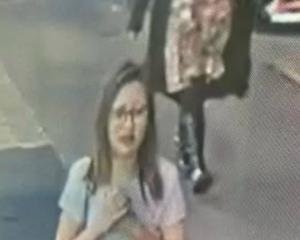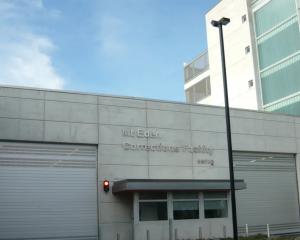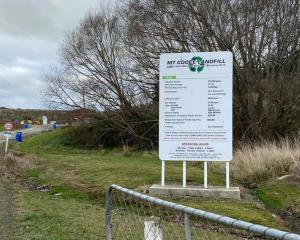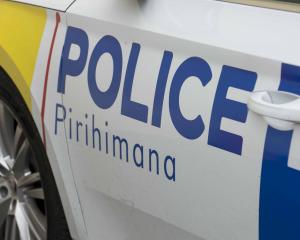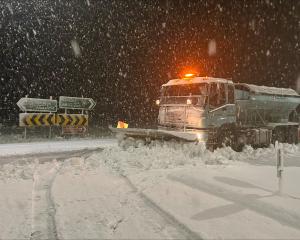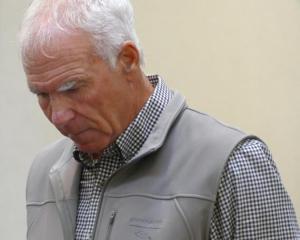There are 13 new confirmed cases of Covid-19 in the community today.
Twelve are linked to the current Auckland cluster and one remains under investigation but is believed to be linked.
Ninety-eight people linked to the cluster have been moved into quarantine facility.
There are six people receiving hospital-level care. Two are in Auckland City Hospital on a ward, and four people are in Middlemore.
The total number of active cases in New Zealand is 90, of which 69 are from the recent cluster, one more in the community, and 20 are imported cases in managed isolation and quarantine facilities.

- Isolation worker tests positive, not linked to cluster
- Man behind isolation breach rumour speaks
- 'Complete failure': Collins slams border testing
The total confirmed number of cases in New Zealand is 1293.
Director-general of Health Dr Ashley Bloomfield said this cluster was on track to be the biggest New Zealand has had, and that was partly because it started outside of lockdown and the contact-tracing is more thorough and efficient than had happened for earlier clusters.
He said people had caught Covid-19 since Auckland went into level 3, but they were infected within households.
The travel history of the current cluster included the Pak n Save in Apirana Ave in Auckland, on July 31 at 10.09am and again on August 8.
Bloomfield said people in those locations should be aware of symptoms.
Isolation hotel worker tests positive
Bloomfield said genome sequencing has shown a positive case unconnected to the current cluster. The new case is a man who worked at the Rydges Hotel managed isolation facility.
The sequencing showed the man had the same version of the virus as a person who recently arrived from the US and tested positive in July.
That could indicate a new chain of transmission, and officials are now rushing to ring-fence the case through tracing and isolating close contacts.
Bloomfield said the test results suggested recent onset of the infection.
"There is a number of casual contacts from a church service - 56 people have all had contact made except for two, and are in self-isolation and are being tested as well."
"This seems very well contained."
He said the man, a maintenance worker, didn't have direct interaction with guests.
Maintenance workers had appropriate personal protective equipment, he said.
"We don't know yet," Bloomfield said about how the man might have caught Covid-19.
Bloomfield said the man was tested on August 13 as part of the routine testing regime.
The man had mild symptoms two days earlier that he attributed to a previous condition, he said.
Minister in charge of managed isolation Megan Woods said the maintenance worker's Covid infection is not related to any incidents or systems breakdown.
"This case highlights how tricky and insidious this virus can be."
Air Commodore Darryn Webb said it was the first time a staff member at a managed isolation had tested positive.
Normal procedures in Rydges have resumed after it was cleaned.
Woods said the maintenance worker was not in the same room as the US returnee, which has been confirmed by the card-entry data.
"We are not seeing any glaringly obvious points of connection," she said.
Swipe card access has also shown clues about the returnee's movements in the hotel, and Woods said that the returnee mostly stayed in her room.
Woods said she had been working with the Ministry of Health to test asymptomatic staff at MIQ facilities, but she had not had daily data on testing of MIQ staff.
Some of them were being tested at GPs or CBAC (community-based assessment centres), she said.
Testing had been voluntary, she said.
About 40 percent of staff at Rydges had been tested prior to the outbreak, she said.
The maintenance worker tested positive following the Public Health Response order for all border-facing workers to be tested.
Staff at MIQ facilities had raised access to testing with her, she said.
She said the systems hadn't been in place to regularly test all MIQ staff.
She rejected that there was an accountability gulf around testing.
"The questions was around the testing for asymptomatic staff."
That system was being rolled out, she said.
Asked why the positive case at Rydges Hotel wasn't made public yesterday, Webb said it was important to get clarity around information.
He said processes including testing of Rydges staff started immediately.
Woods said the Ministry of Health wanted to await the results of genomic sequencing.
 Asked why it had taken so long given the June 23 testing strategy about regular testing of asymptomatic border-facing workers, Woods said that was a matter for the Ministry of Health.
Asked why it had taken so long given the June 23 testing strategy about regular testing of asymptomatic border-facing workers, Woods said that was a matter for the Ministry of Health.
The maintenance worker passed his daily health checks for two days before he was tested, and his cough was put down to a pre-existing condition.
Auckland cluster contacts tested once
Bloomfield said there were 1880 close contacts of the Auckland cluster, 1691 of whom have been contacted and are self-isolating.
Bloomfield said close contacts were not routinely tested twice because they were in isolation for 14 days even if they test negative.
He repeated that casual contacts were at very low risk of infection.
The surface testing from Americold was still to be completed, but Bloomfield said people being infected from those surfaces was essentially now ruled out.
Testing at the border
More than 18,000 tests were processed yesterday, Health Minister Chris Hipkins said, and most of those were turned around within 24 hours.
More than 100,000 tests had been completed since the cluster emerged a week ago.
More than 3485 port workers had been tested, and 2194 of more than 5000 workers from different organisations that had accessed the Auckland port had been tested.
More than 6000 workers at Tauranga Port were also being tested.
Hipkins said 2407 of 4774 of Auckland airport workers had been tested.
And 97 percent of the managed isolation and quarantine (MIQ) facilities in Auckland have been tested, he said.
Hipkins said that some border-facing workers didn't want to be tested, but there was no reluctance any more.
He said reluctance or hesitancy to be tested was only one of the factors why border-facing workers weren't being regularly tested.
He said any border-facing worker asking for tests should not have been declined tests.
Bloomfield said the maintenance worker might have caught the virus from human-to-human transmission, which is partly why all guests and staff at the Rydges Hotel are being tested.
Another possibility was environmental contamination.
Hipkins said he hoped to pass two Public Health Response order later this week, one around testing of aircrew, and one formalising the routine testing for border-facing staff going forward.
The one case outside of the current cluster appeared to be contained, Hipkins said. The man's household and workplace contacts who have been tested have returned negative results.
He said further alert level restrictions might not be necessary if the case is contained.




